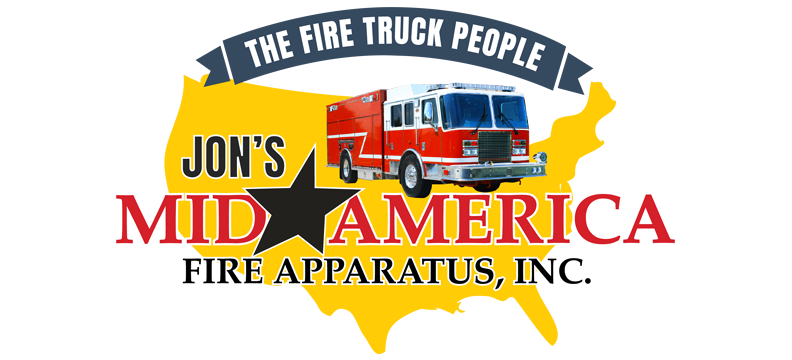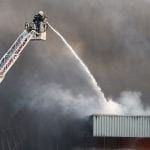As old man winter rears his head for another season, it is essential to prepare for firefighting in freezing temperatures. More house fires occur during the winter months than at any other time of the year. Heating units and holiday decorations can turn dangerous in an instant.
The mixture of the freezing outdoor and blazing building fire temperatures creates a harsh climate for firefighters. To prepare your team for cold weather firefighting, check out some of our top tips below.
Apparatus Preparation
Apparatus condition is critical to your fire crew’s success in putting out fires in wintery conditions. The fire truck is not only your means of displacing water onto the fire but is also a hub for warmth and rehab after putting out the intense blaze.
- Check Your Apparatus Heating System. The apparatus heating system will keep your firefighters warm when fighting fires and gives them a place to recoup after being in the cold for long periods. Shorter work cycles should be used to alleviate frostbite and hypothermia.
- Assess Your Apparatus Skid Chains. Skid chains are critical to keeping your apparatus on the road in icy or snowy weather. Make sure your snow chains are in good shape and are easy to install. Many fire crews utilize drop-down skid chains.
- Look for any leaking valves. Leaking valves can freeze quickly and become a hindrance. The pump can be drained as well to prevent any freezing.
- Know how your apparatus handles winter weather. Your drivers and pump operation engineers need to understand how your specific truck operates in snow, ice and below-freezing temperatures.
What to Bring
Here are a few things you may want to include on your winter weather fire calls:
- A cold-weather gear bag with extra winter clothing.
- Road salt to apply under the pumps to prevent slips
- A spray bottle of anti-freeze to spray on parts of the vehicle to avoid freezing
- A small propane torch to unfreeze fire hydrants. Road flares can work in a pinch too.
Firefighter Care
Here are a few tips for personnel care during winter firefights.
- Hydration is key. Dehydration can quickly cause fatigue and lower the firefighter’s awareness. Shifting from freezing to burning hot temps can cause intense perspiration. Firefighters need to drink plenty of water throughout their shift, so they are ready whenever the call comes.
- Strategic clothing can prevent hypothermia. One of the most significant difficulties of winter firefighting is what kind of clothing to wear. While regular fire protection clothing isn’t warm enough to retain heat in cold weather, bulky winter clothing can be too hot for the heat encountered by close flames. Firefighters should wear loose layers under their fire protection. Natural fibers with thermally stable blends worn close to the skin are best.
- Shorten Work Cycles. Shorter work cycles are imperative for firefighters’ health when dousing flames in winter weather. These abbreviated periods will give your crew relief from overexposure to the cold that can result in frostbite or hypothermia.
Response and Onsite Preparation
Response and onsite planning are crucial for efficient winter firefighter training.
- Always respond with caution. Being prepared for increased stopping distances, decreased visibility and civilian motorists will help your crew to respond more efficiently in cold weather situations.
- Be on the lookout for fire hydrants. Fire hydrants can get lost in snowbanks, so it is good practice for fire crew or a group of neighborhood residents to shovel out any nearby fire hydrants to allow for easy accessibility.
- Keep water running through the hoses. Keeping the nozzle cracked and a stream of water running through the hoses will prevent them from freezing up and becoming unusable.
Looking for an apparatus that can handle the harsh winter elements? Contact Jon’s Mid America today to see our great selection of reliable new and pre-owned firetrucks.



